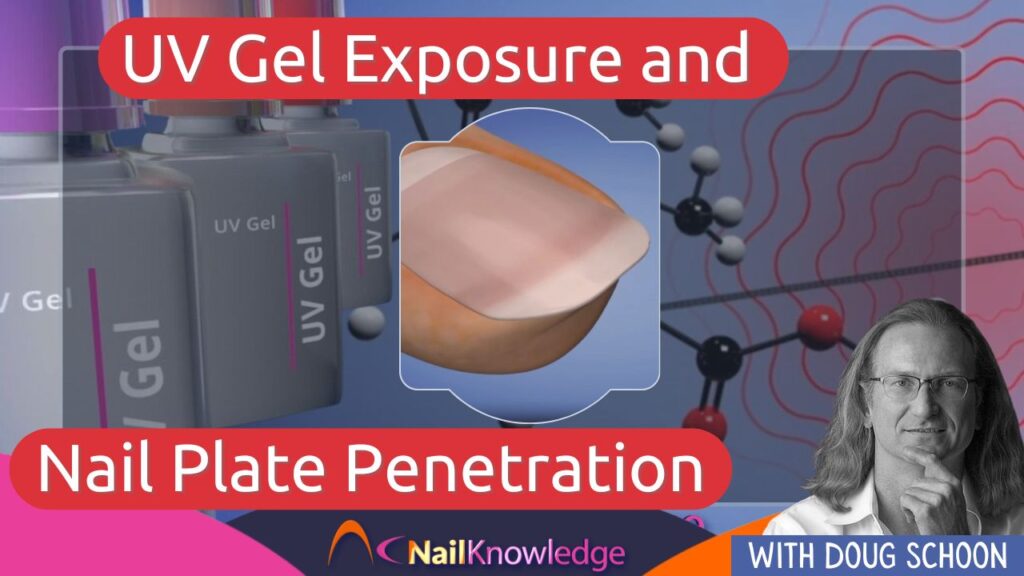En el mundo del cuidado de las uñas, las preguntas sobre la seguridad y los efectos de los productos son un tema común tanto entre los profesionales como entre los clientes. Con frecuencia recibimos consultas sobre diversos aspectos de los tratamientos de uñas, en particular los relacionados con los geles UV y las posibles reacciones alérgicas.
Una cuestión recurrente que ha suscitado considerable debate y preocupación gira en torno a la probabilidad de que se desencadenen alergias por la penetración de gel no curado en la lámina ungueal. Dada la complejidad de este tema y la importancia de disponer de información precisa, este artículo pretende aclarar estas preocupaciones con opiniones de expertos y respuestas basadas en pruebas.
Here’s a common query we often encounter in the realm of nail care
A friend has an allergy that she believes is caused by uncured gel on the nail plate entering the body through this route, but I suspect it is from over exposure to the UV gel or dust. Aren’t the molecules of ingredients too large to enter the nail plate?
Aclarar las preocupaciones sobre la alergia a las uñas: Exposición frente a penetración
It would be extremely unlikely that penetration through the nail plate is the cause of the allergy. The exception to this would be if the nail plate were highly damaged or missing portions that expose bare nail bed.
If the bare nail bed is exposed to UV gel, the risks of developing an irritation or permanent skin allergy will significantly increase. UV gels should only be applied to an intact nail plate. The skin has its own immune system that is separate from the internal immune system. This explains why direct skin contact is required to cause skin allergies.
UV gel ingredients do NOT penetrate through healthy, intact nail plates to cause allergy, instead, this is from direct exposure to UV gel, dust, filings or inhibition layer. This becomes especially more likely if the UV gels are not properly cured.


